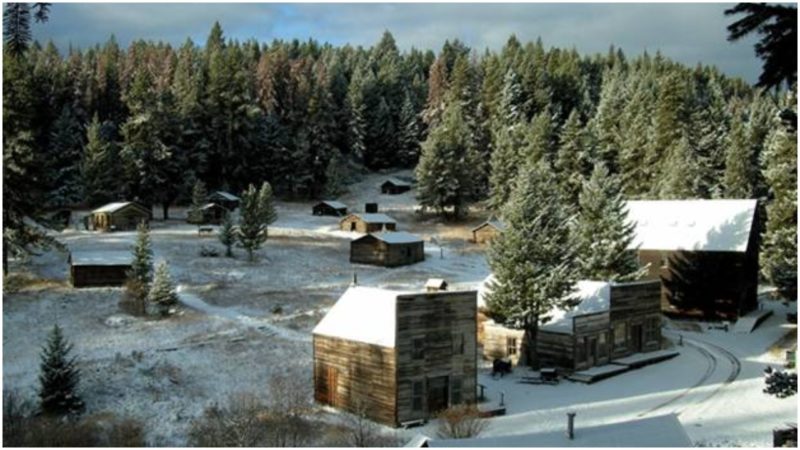Once an active and vibrant town in Granite County, Montana, the American town of Garnet is about 17 km up the Garnet Range Road and deep inside forest, 1,800 meters above sea level.
This little mining town was founded in the 1860s, and its inhabitants were closely tied to the environment both above and below the ground.
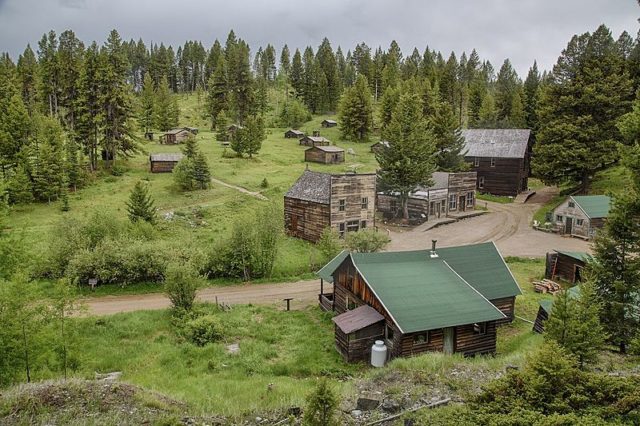
This town, now abandoned, is dominated by small cabins where miners and their families once dwelled. The town is named Garnet after the semi-precious stone that is abundant there, as well as gold-quartz ore.
The town had a low crime rate and was safe from bandits. There was a school for the community’s children, while the town’s adult population could enjoy any of thirteen saloons.
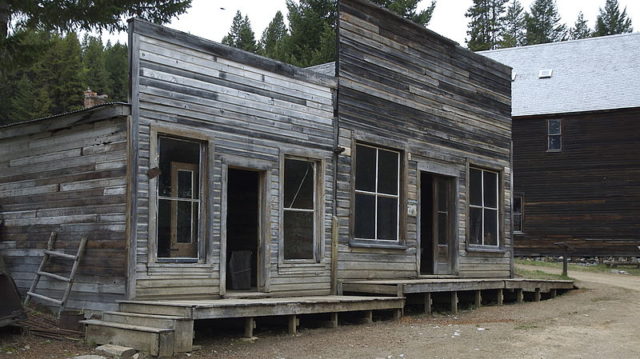
The residents of this long-forgotten town came from the almost empty Colorado mines. The technique used in this Colorado mines was known as placer mining, which unfortunately proved to be inefficient due to the gold being washed downstream.
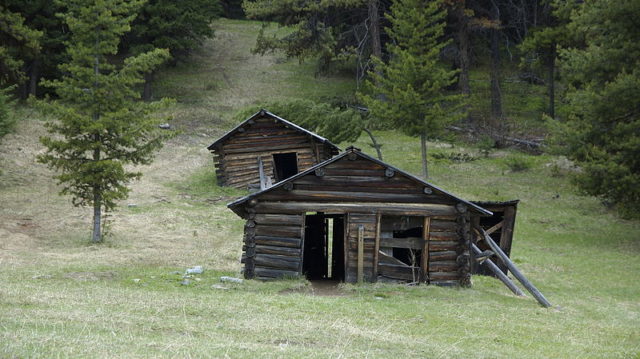
And so the miners were in search of a different procedure when the sluice technique was born and is still used even to this day. However, most of the gold deposits in Garnet were locked inside quartz veins, rather than being in alluvial deposits. Lacking an effective method of extraction, a large number of the miners turned their backs on Garnet and focused their attention on silver mining.

The prosperity brought by the silver rush was short-lived, however, and was curtailed by the passage of a US federal law known as The Sherman Silver Purchase Act. What this law did was it prohibited the free and unlimited coinage of silver. With no other choice left and mining being the only gainful skill many of them possessed, the miners returned to Garnet, Montana.
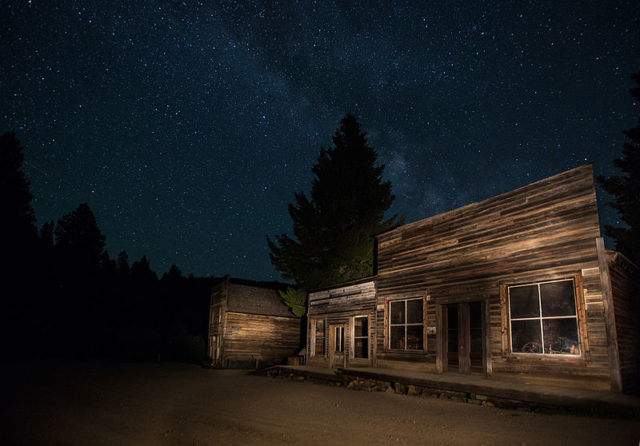
Dr. Armistead Mitchell had the idea to build a stamp mill where the ore could be crushed. Now there was a way to extract the gold and miners slowly returned to this town, which was known in its early days as Mitchell. The discovery of a rich gold vein by a miner named Sam Ritchey triggered a second wave in the gold rush.
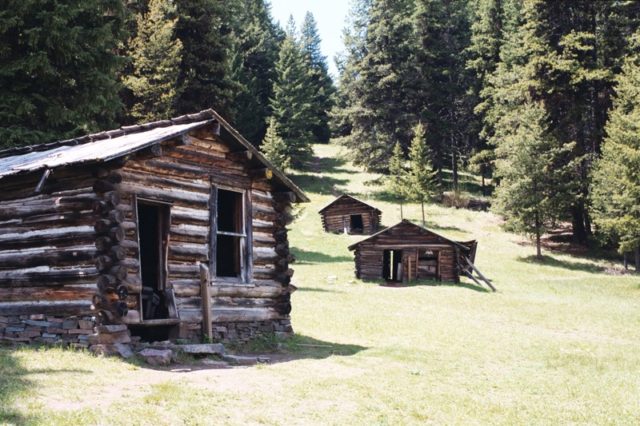
At the turn of the 20th century, about 1,000 people resided in Garnet. The formerly small town became an established and functioning community, complete with a doctor’s office, a school, four hotels, four stores, a barber shop, and of course thirteen saloons. In the 1900s, the miners decided it would be more profitable to rent the mines, for they had experienced firsthand the scarcity of gold.
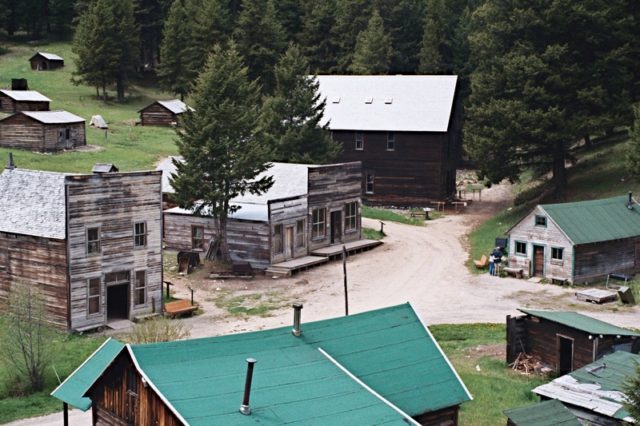
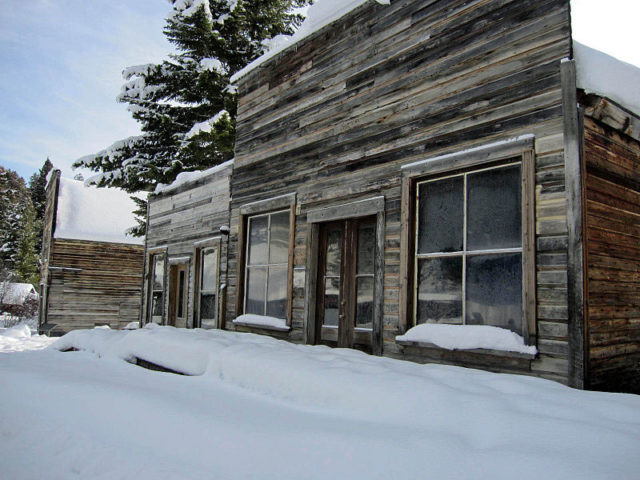
The town’s gradual abandonment began in 1905 when the town numbered no more than 150 dedicated miners. In 1912, a fire devastated the town. The flames quickly consumed the mostly wooden buildings and surrounding forest. After this, many of the town’s residents had no choice but to move away.
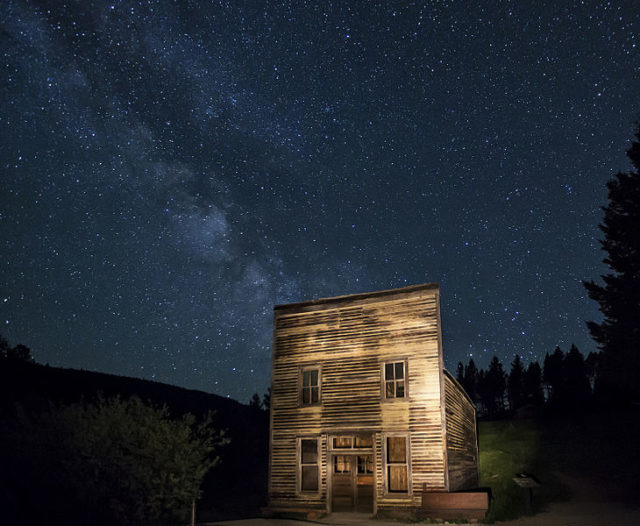
By the time the Second World War began, Garnet was essentially a ghost town. Everything was left behind, even the furniture. As with every abandoned town, vandals and “souvenir collators” started to rip Garnet apart. They spared nothing, not even the cabins doors and furniture. They even took the hotel staircase.
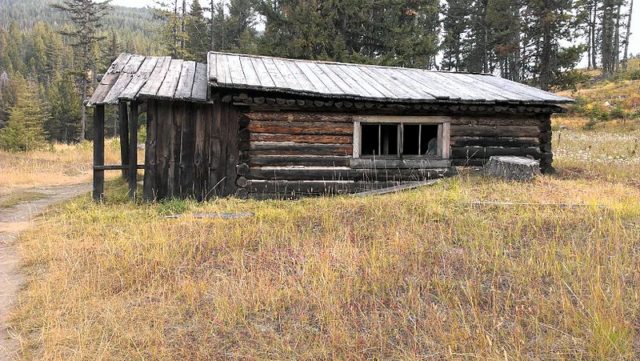
Nowadays, however, Garnet is one of the best-preserved ghost towns in Montana and receives around 16,000 visitors every year.
